ColorOS 11 (Beta) Review: right up there with the best?
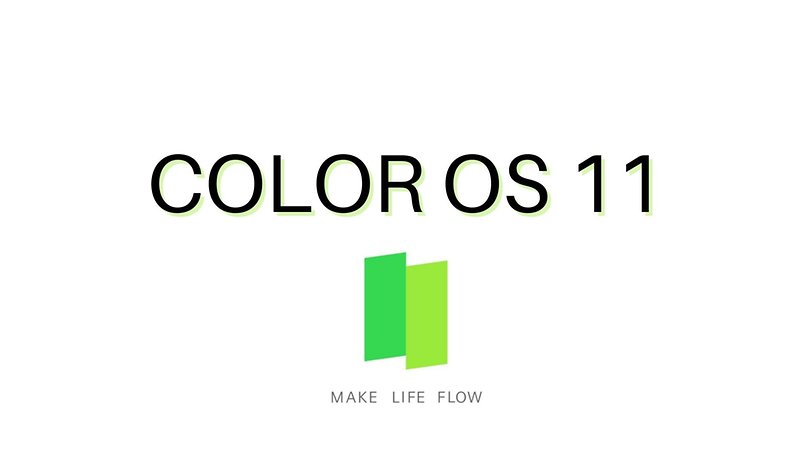

Shortly after Google’s Android 11 announcement, smartphone and wearables major Oppo confirmed the launch of a beta version updated ColorOS mobile operating system based on Android 11. For the past couple of weeks, I have been using the Oppo Find X2 - with this beta version of ColorOS 11 installed. Having spent a decent amount of time with the phone, it’s about time I share my experience with the latest, most feature-laden version of ColorOS so far. Note that we at NextPit had already published a primer on some of the fresh features on ColorOS 11. Read it here.
The basics
As evident from the naming scheme, the version number of ColorOS 11 aligns with the latest version of Android (Android 11). The previous version of ColorOS, which was based on Android 10, was called ColorOS 7. The jump from ColorOS 7 to ColorOS 11 ensures that consumers can now easily correlate the ColorOS version number to the Android version number - making things much simpler.
Visual Changes from ColorOS 7
At first glance, ColorOS 11 is visually identical to ColorOS 7. Most of the changes have been restricted to menu options, and these things might only be used by power users. One of the first things I noted was the swipe down menu for quick settings being more optimized for one-handed use. The menu now stretches much further down than on ColorOS 7 (but not all the way down). This makes accessing menu items much easier for folks with smaller palms.
Here is a screenshot of the comparison of the same on ColorOS 7 and ColorOS 11.
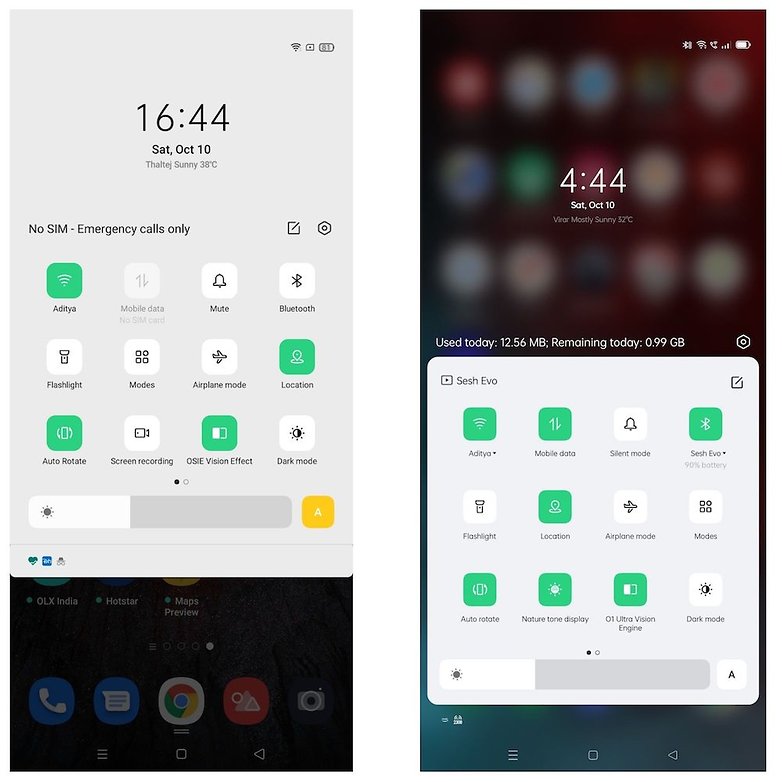
Personalizing your Oppo Phone now much easier
Easier customization has been one of OPPO’s prime focus areas with ColorOS 11, which is why the company now has dedicated an entire section for the same. You can find almost everything you need for personalizing your phone from the ‘Personalizations’ option within ‘Settings.’ It is here that you will find the options to change themes, wallpapers, icon styles, app layout, colors, font, and display size. Other settings you will find here include the option to change the fingerprint recognition animation, the edge lighting settings, and the option to enter the ringtone maker feature. The Always-on Display feature offers comprehensive customization options and lets you make interesting artistic patterns.
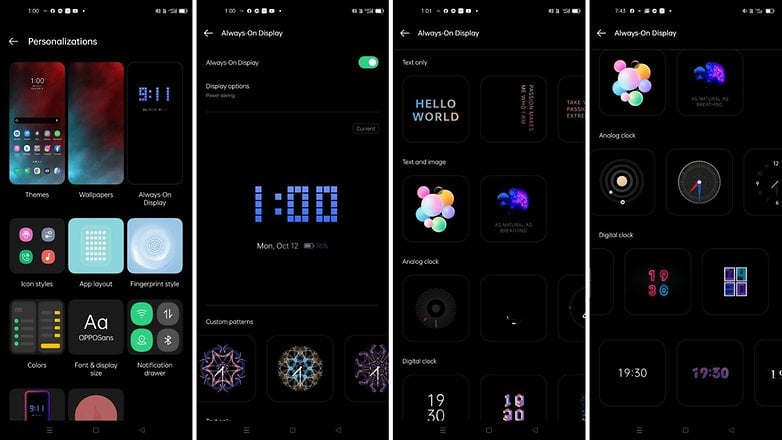
The icon settings option lets you choose between the default style, Material, and Pebble styles. You can also manually customize the icon design. There are a few preinstalled fonts that you can use apart from the new ones you can download separately. This is also where you change the font and display size settings. You can also now customize how the shape of the icons on the notification drawer.
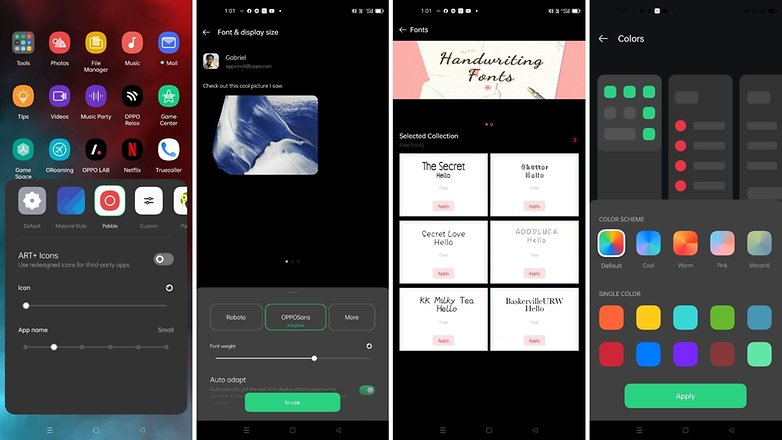
For most of the tweaks that you can make on the home screen and the notification drawer, you can see a live preview of them simultaneously. Another interesting thing you’ll notice within the personalization settings is the Ringtone maker app. We will talk about it in the next section.
Oppo has also tweaked the systemwide dark mode settings. In ColorOS 7, switching to the dark mode was an all-manual affair. You switched it on when you needed it and turned it off when not required. In ColorOS 7, not only can you choose between three modes of dark mode - Enhanced, Medium, and Gentle - you can also manually tweak the UI elements, wallpapers, icons, and customize them to suit your preferences.

What could appeal to folks who frequently switch between the dark and light modes is the option to schedule when to switch on the dark mode. You can either use the default setting of keeping teh dark model on from sunset to sunrise or specify when you want the phone to go to dark mode.
Sounds, Audio
Oppo has gone great lengths to make satiate folks who are very keen about customizing their ringtones. Case in point is the new Ringtone maker app, which is an initiative of Oppo Labs. While not a new feature, ColorOS 11 gets an updated version of the ringtone maker app. From the original two ringtones that were available in the previous version, ColorOS 11 now offers 8 different melodies to modify. Note that the ringtone maker doesn’t really let you create completely new tunes – rather, it allows you to customize the existing set of melodies using various preset options.
One thing I liked about the ringtones on the Oppo Find X2 with ColorOS 11 is this option to sync the vibration with the beats of your active ringtone. This feature sort of reminded me of the old Nokia smartphones of the mid-2000s that had powerful vibration that synced to the rhythm of the ringtone. Apart from being more effective at alerting you of calls, this feature also makes the lower frequencies of the ringtone feel a bit punchier.
Oppo Relax is another feature that Oppo talked about a lot during the launch of ColorOS 11. While this feature made its debut on ColorOS 7, it has received several upgrades in its ColorOS 11 avatar. The major change you’d notice is a completely revamped UI, and the addition of an interesting option called the Sound of Cities. The aim of this is to let you relive the experience of being in cities. The cities currently on the list are Beijing, Shenzhen, Bangkok, Tokyo, and Reykjavik.
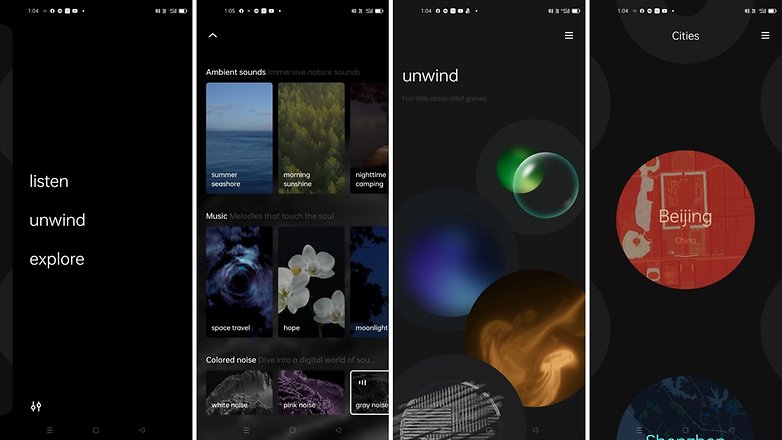
Enhanced Gamer Mode
Oppo already had the Game Space app that automatically kicked in when the phone detected a game. In ColorOS 7 and earlier versions, Oppo let serious gamers switch to a high-performance mode that disables incoming phone calls and text messages. With ColorOS 11, Oppo has added a new, immersive mode that is even more aggressive than before. Within Game Space, users can now also see the CPU, GPU, and framerate data in the form of an overlay while gaming.
Other Android 11 features
Since ColorOS 11 is based on Android 11, it is only natural for us to expect all the new Android 11 features to make it to the new OS. ColorOS 11, therefore, supports the new Bubbles API that lets messaging apps show popup bubbles for quick access and replies. Other features that also make it include the several privacy enhancements that include one-time permissions for apps to key components like camera, microphone, and location access. With Scoped Storage, ColorOS 11 also limits the amount of data that apps can have access to. ColorOS 11 also includes all the new emojis from Unicode13.
ColorOS 11: What we think
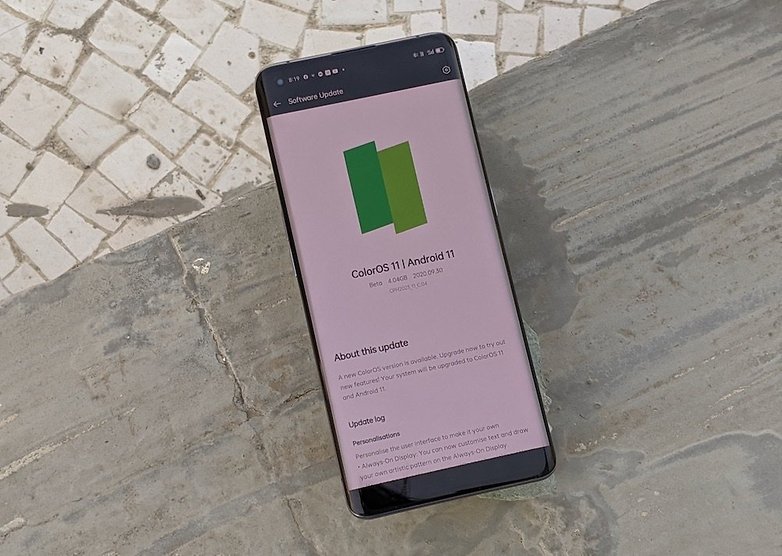
Overall, ColorOS 11 is definitely a step forward in the right direction for Oppo. What is quite commendable is the fact that Oppo has managed to make quite a few tweaks to the system to make a visual impact while at the same time remaining familiar to older ColorOS 11 users. While Android purists may frown at some decisions that change the way in which some Android features and behaviors are implemented, most Oppo users will certainly not mind this. Besides, these changes aren’t monumental enough to be termed deal breakers.




















Thanks for sharing...!!!
The best would let you pick and choose and fully delete the stuff you don't want, resizing the partition to give you back the wasted space. Skins should be an aftermarket option, not baked in. Let them compete on merit, not force.